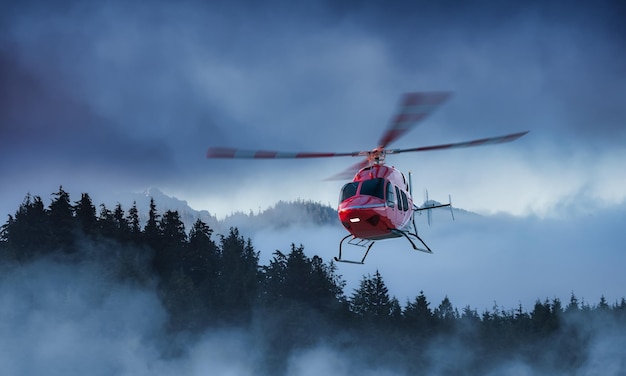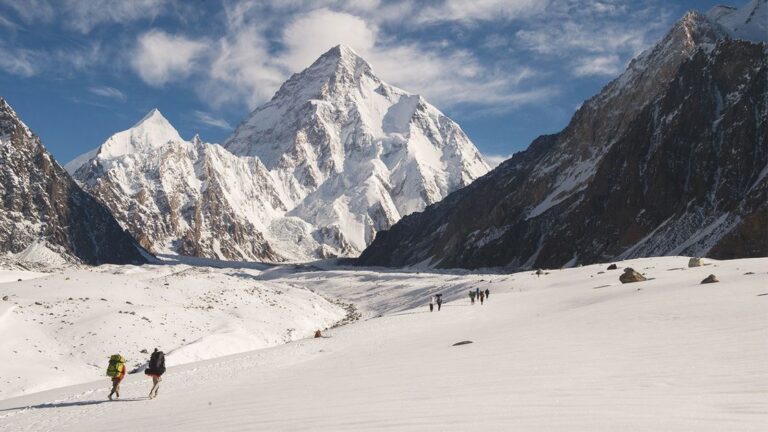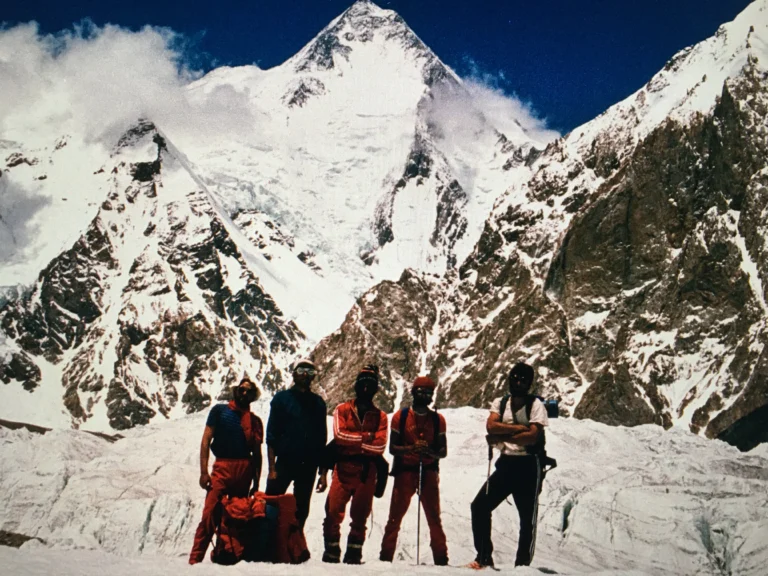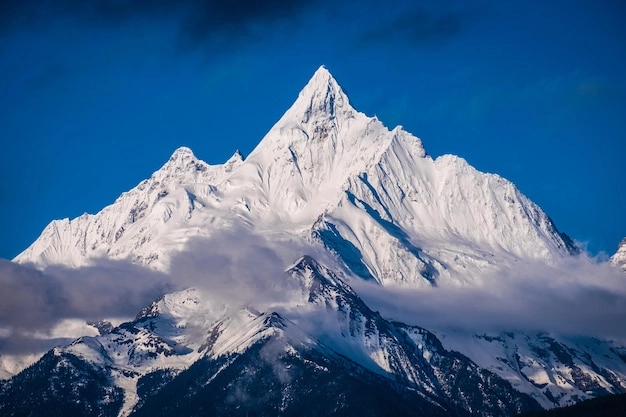K2 Tragedies & Rescues: A Look at Recent Survival Stories
K2 Tragedies & Rescues, K2, the “Savage Mountain,” has claimed over 80 lives since its first ascent in 1954. With a fatality rate of roughly 25%, it’s a peak where triumphs and tragedies walk hand in hand. In this K2 Tragedies & Rescues: A Look at Recent Survival Stories, we explore harrowing incidents from the past decade, analyze what went wrong, and highlight the extraordinary efforts of rescue teams battling thin air and deadly conditions.
K2 Tragedies & Rescues: A Look at Recent Survival Stories
Karakoram’s unforgiving terrain has tested even seasoned climbers. Below are three recent incidents that underscore K2’s risks—and the resilience of those who survived.

- The 2023 Avalanche on the Abruzzi Spur
In July 2023, an avalanche struck Camp 3 (7,200m), burying tents and injuring six climbers. A Polish team, using satellite communication devices, alerted Askari Aviation, Pakistan’s premier helicopter rescue service. Two climbers were airlifted, but tragically, one succumbed to hypothermia. Experts later cited overcrowding and late-season snow instability as key factors. - The 2022 Bottleneck Icefall Collapse
A serac collapse in the infamous Bottleneck (8,200m) killed four climbers during a summit push. Two survivors, including Norwegian climber Kristin Harila, credited their escape to fixed ropes pre-installed by Imagine Nepal, a team specializing in high-altitude safety. - The 2021 Winter Expedition Disaster
During K2’s first winter ascent, a Nepali team faced -60°C temperatures and hurricane-force winds. Mingma G, a Sherpa, suffered severe frostbite but survived after a 72-hour descent. His story, documented by The Alpinist, highlights the limits of human endurance.
What Went Wrong? Expert Analysis of K2 Tragedies
Renowned mountaineer Niels Jespers, who summited K2 in 2019, notes that overconfidence and poor weather forecasting are recurring themes in K2 tragedies. In a 2023 interview with ExplorersWeb, he emphasized:
“Teams often rush summit pushes to avoid storms but ignore avalanche risks. On K2, patience isn’t optional—it’s survival.”
Other factors include:
Oxygen system failures: Malfunctions above 8,000m leave climbers disoriented.
Inadequate acclimatization: Rushed rotations increase altitude sickness risks.
Commercial expedition pressures: Inexperienced climbers slow down teams, creating bottlenecks.

The Heroes Behind K2 Rescues
Helicopter rescues above 6,000m are rare due to thin air, but teams like Askari Aviation’s high-altitude unit have revolutionized survival odds. Using modified Airbus H125 helicopters, pilots perform daring “hover rescues” at 7,000m, as seen in the 2023 avalanche response.
Meanwhile, the Pakistan Army’s High Altitude Rescue Team (HART) trains year-round on glaciers like Baltoro. Equipped with portable hyperbaric chambers and weather-resistant gear, they’ve saved 14 climbers since 2020.
Lessons from K2 Tragedies & Rescues
Survivors like Kristin Harila stress preparedness:
Carry emergency communication devices (e.g., Garmin inReach).
Hire certified high-altitude porters for route-fixing expertise.
Monitor real-time weather via services like Windy.
As climate change destabilizes K2’s glaciers, these strategies will only grow more critical.

FAQs: K2 Tragedies & Rescues
How do rescue teams train for K2?
HART trains on the Baltoro Glacier, simulating crevasse rescues and extreme cold.
How many climbers died on K2 in 2023?
Four climbers died in 2023, including one in the July avalanche.
Are helicopter rescues possible above 7,000m on K2?
Yes, but only with specialized helicopters like the Airbus H125.
What causes most fatalities on K2?
Avalanches, falls, and altitude sickness are leading causes.
Has anyone survived a night in the death zone on K2?
In 2018, Andrzej Bargiel survived a bivouac at 8,200m during his ski descent.






